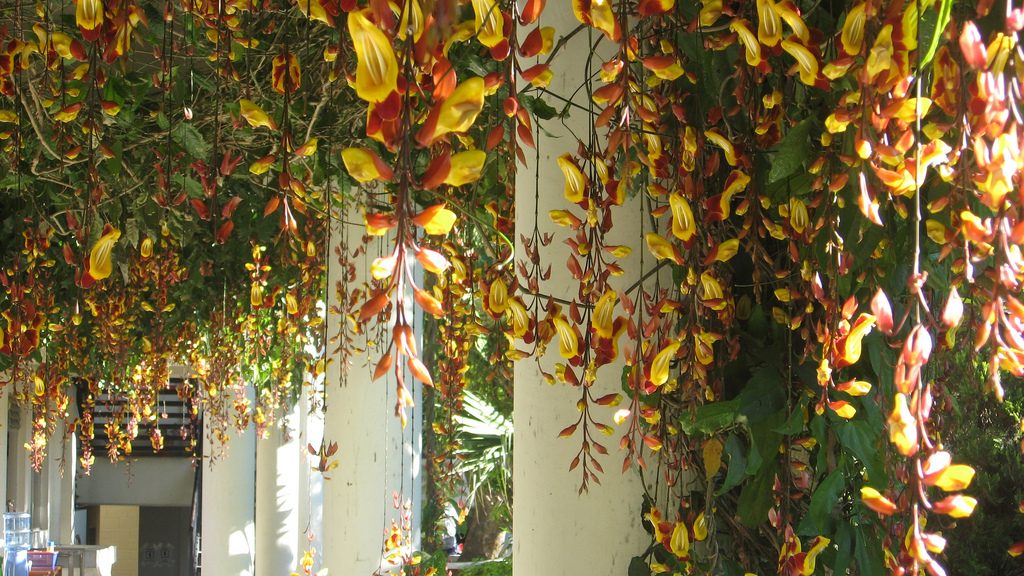Guatemala: Community Cloud Forest Conservation
18. February
For much of this past week, we were at the Community Cloud Forest Conservation (CCFC) in the Coban area of Alta Verapaz, Guatemala. Tuesday was a travel day with a long bus ride, arriving at CCFC later in the day. We spent Wednesday, Thursday, and Friday learning about the important work and programs … Continue Reading ››













